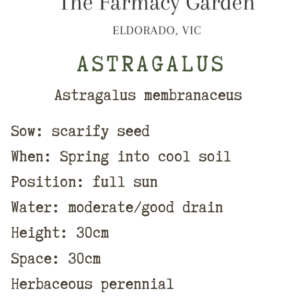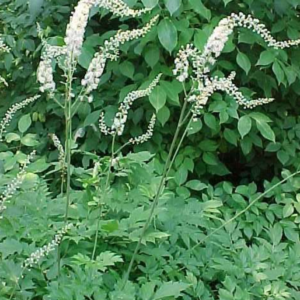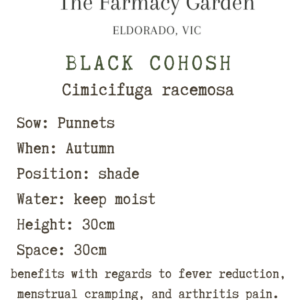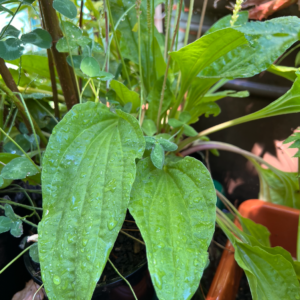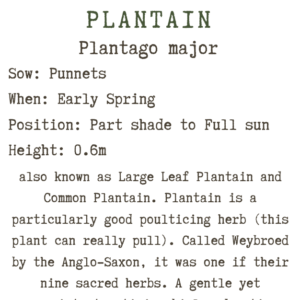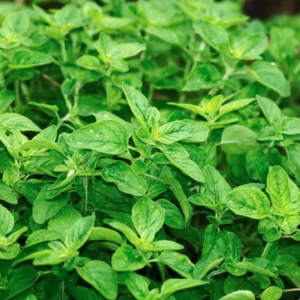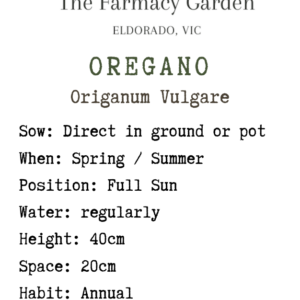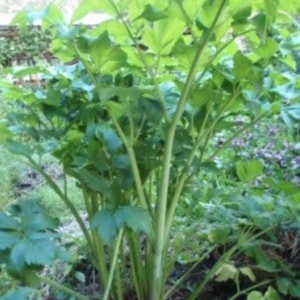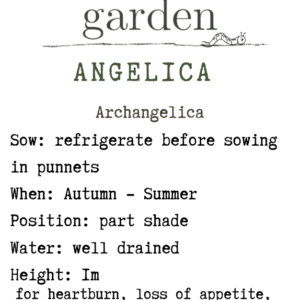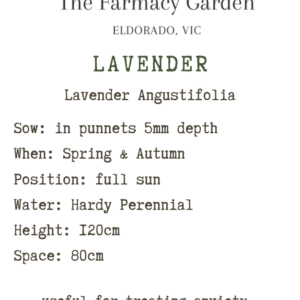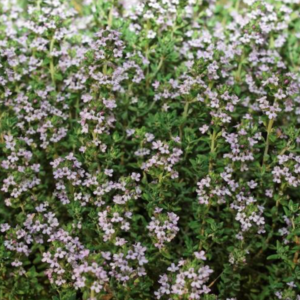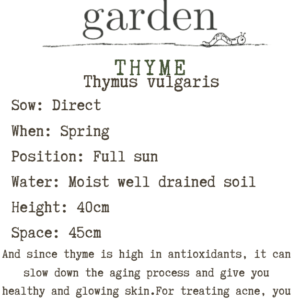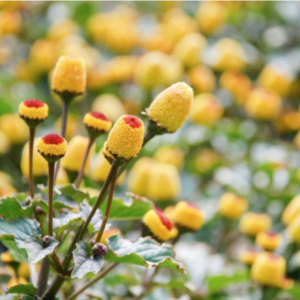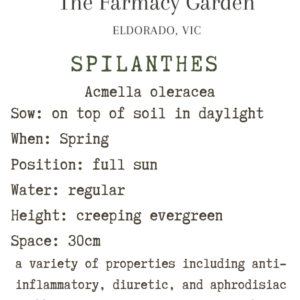GROW: The motherwort plant is a perennial herb that is easy to grow from seed. It isn’t a picky plant, but for the best results, you’ll want to select a location that is well-drained with rich soil for planting.
Some people prefer to cold-stratify seeds before planting. This is simply soaking the seeds for 24 hours, and then putting them in a bag in the refrigerator for 10 days, keeping them moist. You can skip this step if you plant seeds in the late Autumn and allow them to rest underground through the winter.
HARVEST: For herbal preparations, use the aerial parts of the plant to extract its benefits. Harvest motherwort when the plant is at the beginning of its flowering stage. Top the plant, to allow for continuous growth or cut it clear down to the ground. Garble prior to drying (see note).
USE: Both the scientific (Leonurus cardiaca) and common names for this herb hint at its uses. Motherwort is a useful ally to women and to those looking for courage or seeking to strengthen the heart. Let’s look more closely at how these names point to the usages and potential relationship between humans and this plant.
First, motherwort’s benefits for the ovo-uterine system give it a long-standing history as a reliable plant ally for midwives and mothers, as this plant can help to stimulate a stagnant menstrual cycle. When tension or anxiety is related to the suppression of the menstrual cycle, motherwort is a reliable ally to facilitate flow (Chevallier, 2000). It can help to calm false labor pains, as well as soothe menopausal changes (Hoffmann, 2003).
The scientific name for this herb is Leonurus cardiaca. She is the lion-hearted herb, and as such can do much to strengthen both the physical and energetic heart. Considered a tonic for both the nervous system and the cardiovascular system, Loenurus can strengthen and steady the heart. This herb has a history of use in calming heart palpitations, especially those brought on by anxiety and tension (Hoffmann, 2003).
NOTE: The best way to garble is to rub the dried plants against a screen (just like the drying screens above) made with half-inch hardware cloth, which will allow the crumbled herbs to pass through into a bucket or bowl below. You can also of course also do this by hand, in one of your big baskets or a large bowl.
Related products
Medicinal Herb Seeds
Medicinal Herb Seeds
Flower Seeds
Medicinal Herb Seeds
Medicinal Herb Seeds








